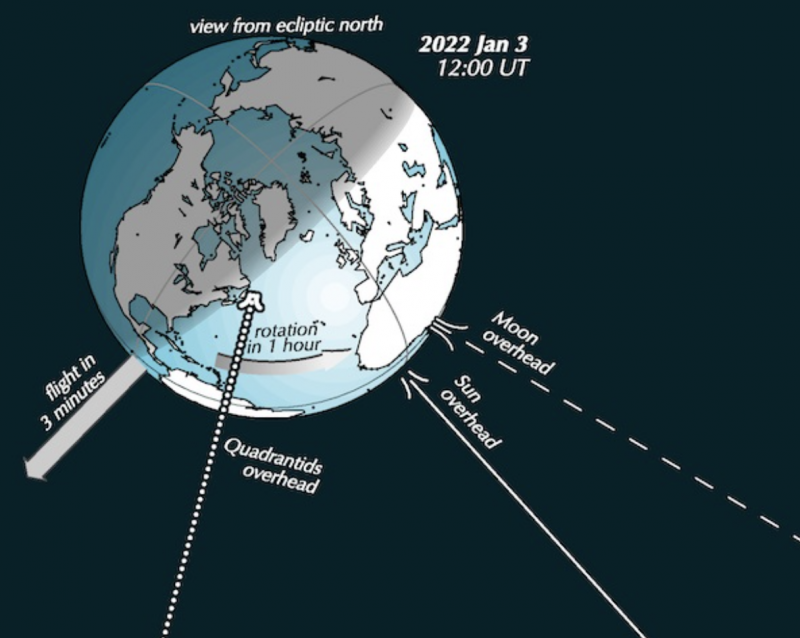
2022’s Quadrantid meteor shower
New moon aligns with the peak of meteor activity in 2022’s Quadrantid meteor shower, always the year’s first shower. The new moon on January 2 will rise and set with the sun and be absent from the night sky, leaving it dark for meteor-watching. The Quadrantid meteor shower peaks around 21 UTC on January 3, 2022 (overnight January 2 to 3 for viewers in North America; translate UTC to your time), according to the RASC Observer’s Handbook. The Quadrantids have a zenithal hourly rate of 120 in a dark sky. And the shower is known for its bright fireballs. But the peak of this shower is extremely narrow, lasting only about six hours. To see the Quadrantids at their best, you have to be on the right part of Earth – preferably with their radiant point high in your sky – and under cloud-free skies – at the peak.
Will you see the shower’s peak this year? As always, that’s a big maybe! Why is there wiggle room? Because different sources give us different times for the peaks of meteor showers. And because nature has a way of defying the best-laid forecasts of astronomers.
The Quadrantids favor the Northern Hemisphere because their radiant is so far north on the sky’s dome. If you’re in the Southern Hemisphere, you might be tempted to resign yourself to the months-long meteor drought that kicks off every year and ends in April with the Lyrids. But, once in awhile, we do hear from Southern Hemisphere dwellers who’ve seen a few Quadrantids.
EarthSky lunar calendars are back in stock! We’re guaranteed to sell out – get one while you can.
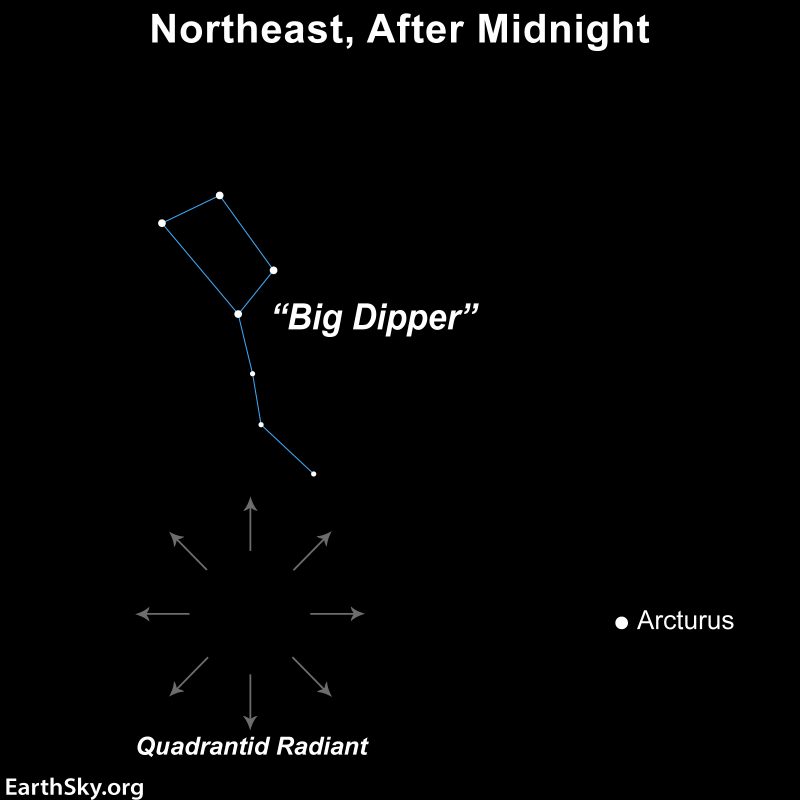
After midnight is best
So the prediction of the Quadrantid peak represents an educated guess, not an ironclad guarantee. You might spot a Quadrantid any time between December 26 to January 16. While the American Meteor Society predicts the peak of activity overnight from January 2 to 3, the International Meteor Organization thinks the peak of activity in 2022 will be on January 3 at 20:40 UTC.
All other things being equal, for any meteor shower, you are likely to see the most meteors when the radiant is high in your sky.
In the case of the Quadrantid shower, the radiant point is seen highest in the sky (from all parts of the globe where it is visible) in the dark hours before dawn.
So, for the Quadrantids – as for any meteor shower – your best plan is simply to look for yourself, late at night on January 2 to dawn on January 3.
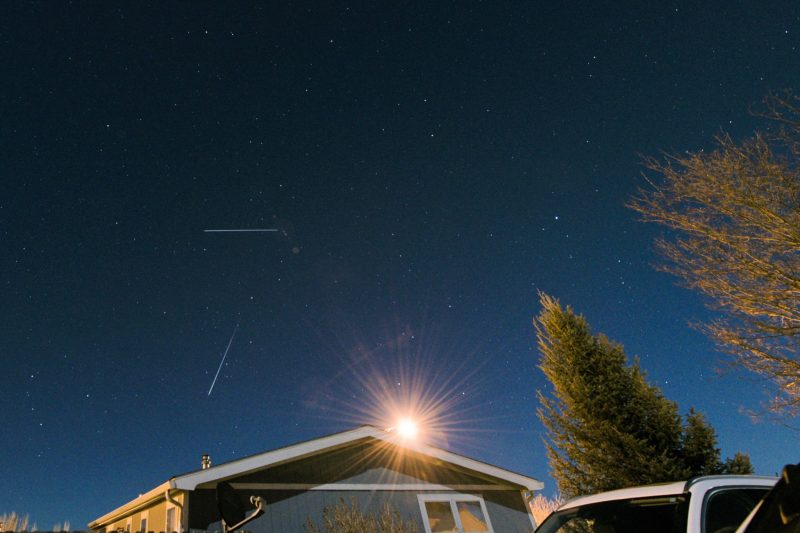
The Quadrantids’ radiant point
The radiant point of the Quadrantid shower makes an approximate right angle with the Big Dipper and the bright star Arcturus. If you trace the paths of the Quadrantid meteors backward, they appear to radiate from this point on the starry sky.
Now for our usual caveat. You don’t need to find the meteor shower radiant to see the Quadrantid meteors.
You just have to be at mid-northern or far-northern latitudes, up in the wee hours of the morning, and hope the peak comes at just the right time to your part of the world.
The meteors will radiate from the northern sky but appear in all parts of the sky.
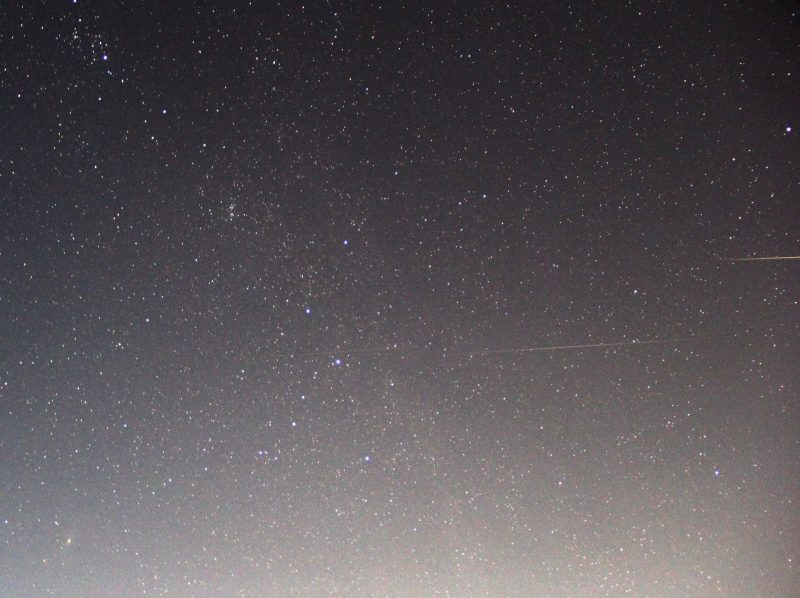
Constellation Quadrans Muralis?
Most meteor showers get their name from the constellations from which they appear to radiate. So it is with the Quadrantids. But the Quadrantids’ constellation no longer exists, except in memory. The name Quadrantids comes from the constellation Quadrans Muralis (Mural Quadrant). French astronomer Jerome Lalande created this constellation in 1795. This now-obsolete constellation was between the constellations of Boötes the Herdsman and Draco the Dragon. What happened to it? Where’d it go?
To understand the history of the Quadrantids’ name, we have to go back to the earliest observations of this meteor shower. In early January 1825, Antonio Brucalassi in Italy reported that:
… the atmosphere was traversed by a multitude of the luminous bodies known by the name of falling stars.
They appeared to radiate from Quadrans Muralis. In 1839, two men, Adolphe Quetelet of Brussels Observatory in Belgium and Edward C. Herrick in Connecticut, independently suggested the Quadrantids as an annual shower. Then, in 1922, the International Astronomical Union (IAU) created a list of the 88 modern constellations, and it did not include Quadrans Muralis.

Quadrantid meteor shower radiant today
Today, this meteor shower retains the name Quadrantids for the original and now obsolete constellation Quadrans Muralis.
The radiant point for the Quadrantids is currently at the northern tip of Boötes, near the Big Dipper asterism in our sky, not far from Boötes’ brightest star Arcturus. See the star chart above. It is very far north on the sky’s dome, which is why Southern Hemisphere observers probably won’t see many (if any) Quadrantid meteors. Most of the meteors simply won’t make it above the horizon for Southern Hemisphere skywatchers.
But some might!

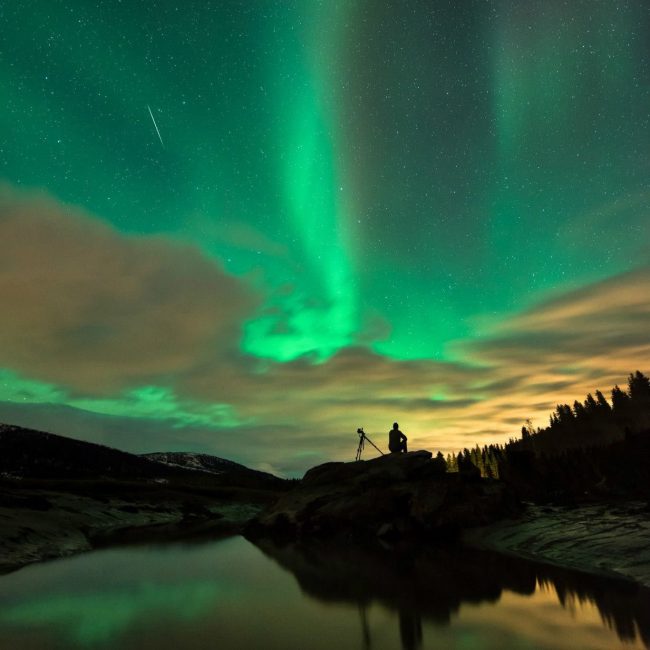
Quadrantid meteors’ mystery parent
In 2003, astronomer Peter Jenniskens tentatively identified the parent body of the Quadrantids as the asteroid 2003 EH1. If indeed this body is the Quadrantids’ parent, then the Quadrantids, like the Geminid meteors, come from a rocky body – not an icy comet. Strange.
In turn, though, 2003 EH1 might be the same object as the comet C/1490 Y1, which Chinese, Japanese and Korean astronomers observed 500 years ago.
So the exact story behind the Quadrantids’ parent object remains somewhat mysterious.
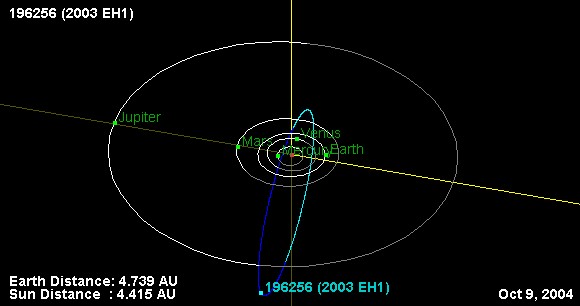
Bottom line: The Quadrantid meteor shower in 2022 coincides with a new moon, meaning there will be dark skies and a better chance of spotting meteors.
The post 2022 Quadrantid meteor shower to peak January 2-3 first appeared on EarthSky.
0 Commentaires